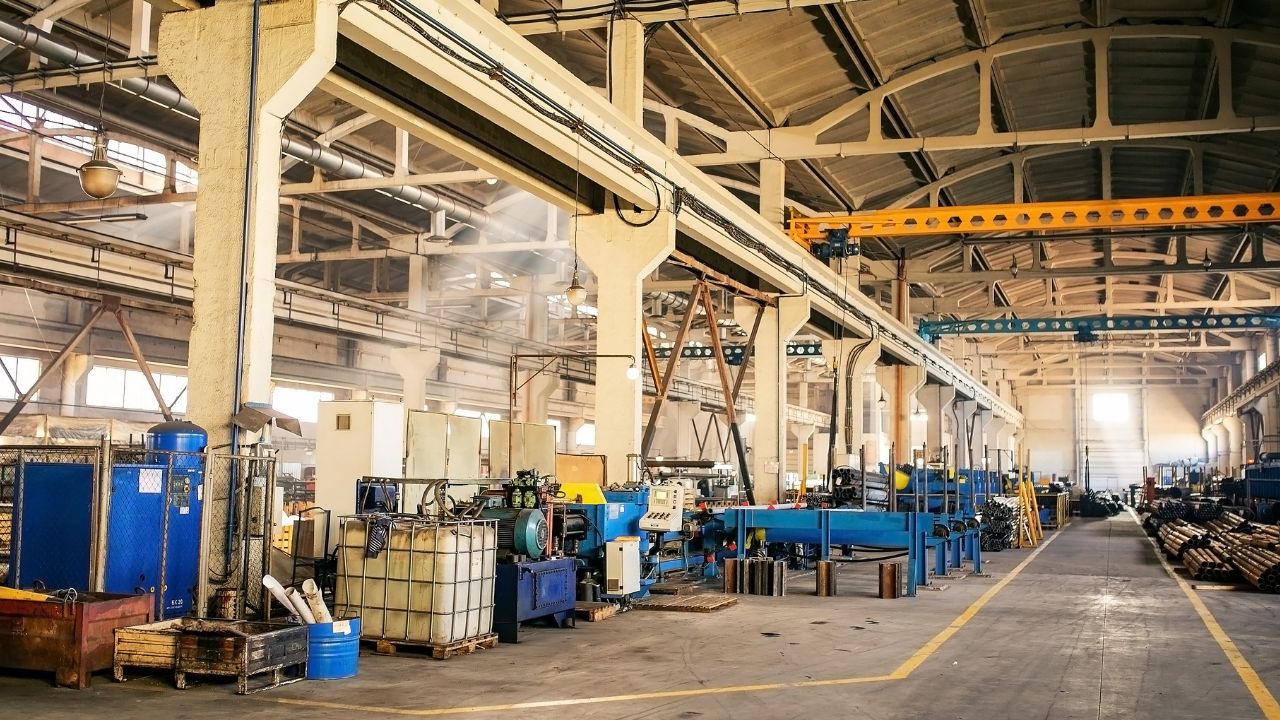China's manufacturing sector has long been a global powerhouse, and the country's dominance in the sticker labeling machine market is no exception. The landscape for sticker labeling machine manufacturers in China is characterized by intense competition, driven by technological innovation, market expansion, and the constant pursuit of cost-effective production solutions. This article explores the key elements that shape the competitive dynamics among major Chinese sticker labeling machine manufacturers.
Market Overview
China's sticker labeling machine industry has grown significantly over the past few decades, fueled by the rapid expansion of the packaging sector. Sticker labeling machines are essential in industries such as food and beverage, pharmaceuticals, cosmetics, and logistics. As these industries continue to grow, so does the demand for efficient and reliable labeling solutions. Consequently, Chinese manufacturers have ramped up their efforts to capture a larger share of both the domestic and international markets.
Leading Players
Several key players dominate the sticker labeling machine market in China. Companies like Guangzhou XH Labeling Machine Co., Ltd., Shanghai SKILT Machinery Equipment Co., Ltd., and Shenzhen PENGLAI Industrial Corporation are some of the most recognized names in the industry. These companies have established themselves by offering a wide range of labeling machines, from semi-automatic to fully automatic systems, catering to various customer needs.
Technological Innovation
Innovation is a critical factor in the competitive landscape of Chinese sticker labeling machine manufacturers. The ability to integrate advanced technologies such as artificial intelligence, machine learning, and IoT (Internet of Things) into labeling machines gives companies a significant edge. For instance, smart labeling systems that can automatically adjust to different label sizes, shapes, and materials are becoming increasingly popular. Manufacturers that invest heavily in R&D to develop these cutting-edge technologies are better positioned to meet the evolving demands of the global market.
Price Competition
Price remains a significant competitive factor in the Chinese sticker labeling machine market. Sticker labeling machine manufacturers in China are known for offering high-quality machines at competitive prices, which has been a key factor in their global success. However, the intense price competition also puts pressure on manufacturers to continuously optimize their production processes and reduce costs. This can sometimes lead to a trade-off between cost and quality, which manufacturers must carefully balance to maintain their reputation.
Quality and Reliability
While price is a crucial factor, the quality and reliability of sticker labeling machines cannot be overlooked. Chinese manufacturers are increasingly focusing on enhancing the quality of their machines to compete with international brands. This involves improving the durability of machines, ensuring precision in labeling, and providing robust after-sales service. Companies that can consistently deliver high-quality products are more likely to build long-term relationships with customers and gain a competitive advantage.
Export Markets
The global expansion of Chinese sticker labeling machine manufacturers has been remarkable. Many companies are now exporting their machines to regions such as Southeast Asia, Europe, Africa, and the Americas. The ability to compete in international markets requires not only competitive pricing but also compliance with global standards and certifications. Manufacturers that can navigate the complexities of international trade and adapt their products to meet the specific needs of different markets are well-positioned to succeed on the global stage.
Challenges and Opportunities
Despite the many opportunities, Chinese sticker labeling machine manufacturers face several challenges. These include rising labor costs, increasing environmental regulations, and the need to constantly innovate to stay ahead of the competition. Additionally, the global economic environment, including trade tensions and supply chain disruptions, can impact the industry.
However, the ongoing digital transformation in manufacturing and the growing demand for automation present significant opportunities for Chinese manufacturers. By leveraging advanced technologies and expanding into new markets, they can continue to strengthen their competitive position.
Conclusion
The competitive landscape of major sticker labeling machine manufacturers in China is shaped by a combination of technological innovation, price competition, quality focus, and global market expansion. As the industry continues to evolve, manufacturers that can adapt to changing market dynamics and meet the diverse needs of customers will emerge as leaders in this highly competitive sector.


